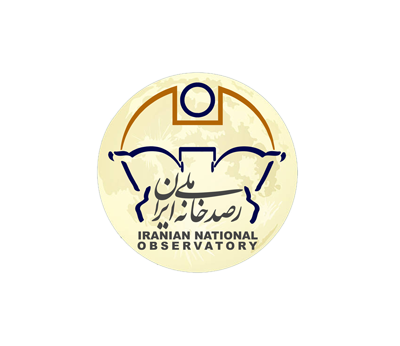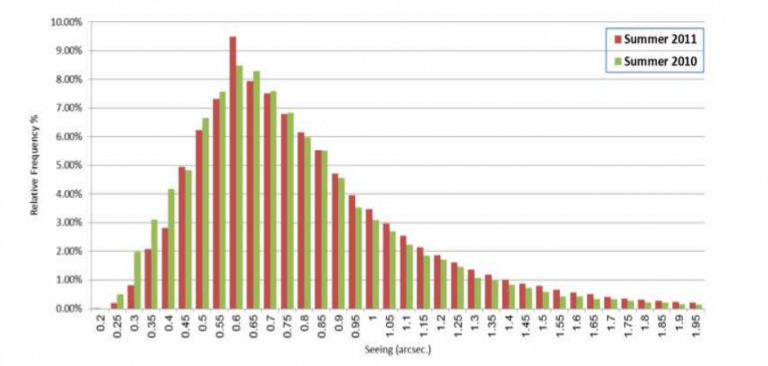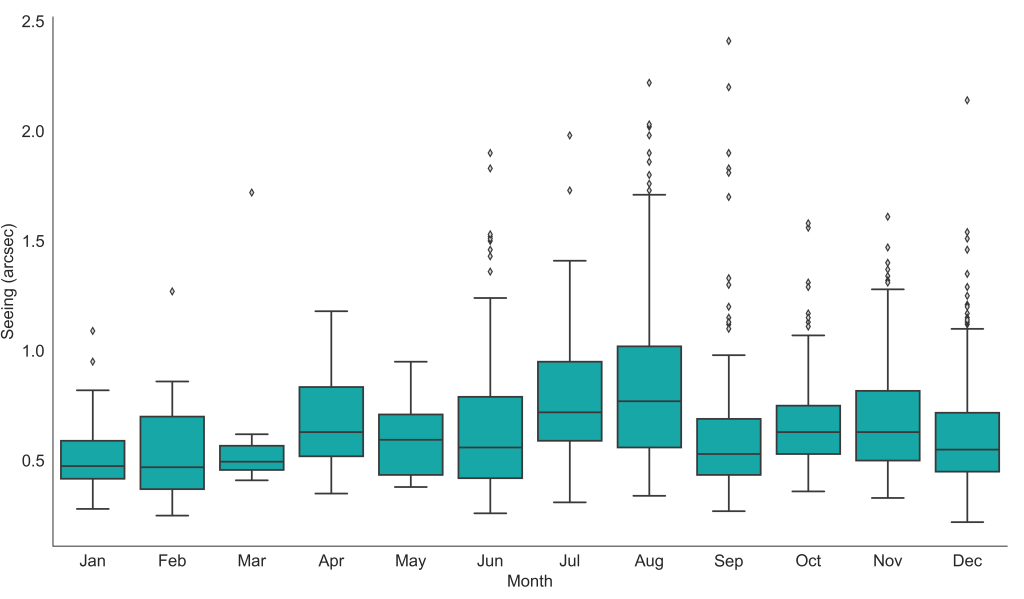Site Selection
The site selection activities began in 2000 before even the formal approval of the project in 2004. The investigation looked into many parameters including atmospheric turbulence, wind speed and direction, sky darkness and clearness, temperature and relative humidity, etc. In 2009 and after an eight-year long site selection and monitoring, Mount Gargash was chosen as the preferred site to build and operate INO.
Location
Gargash site is located at latitude 33°.674 and longitude 51°.319 in central Iran and at an altitude of 3600m above the sea level. The peak is the highest among the Karkas chain of mountains within a 50 km radius. The site is about 300 km south of Tehran and about 100 km north of Isfahan.



